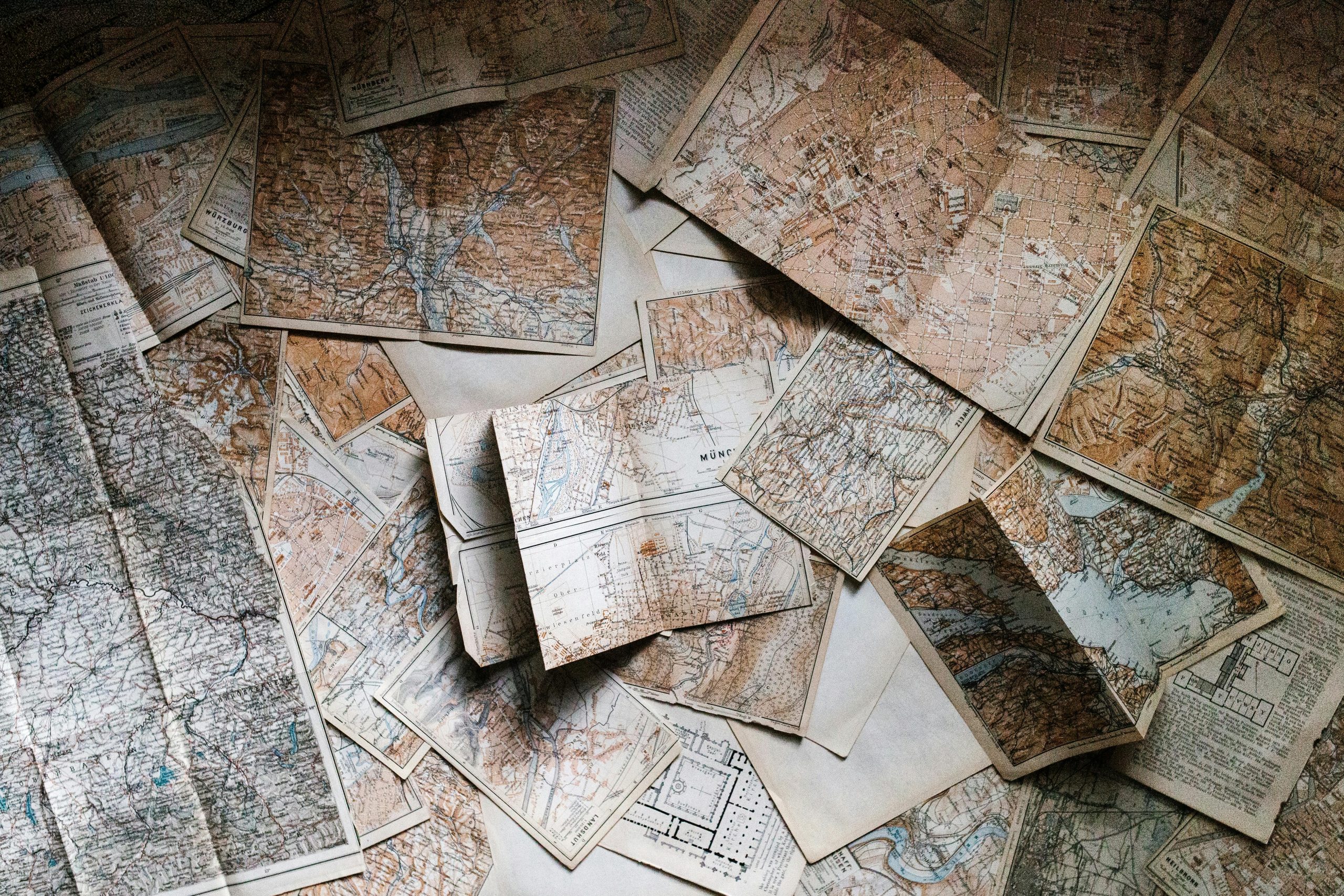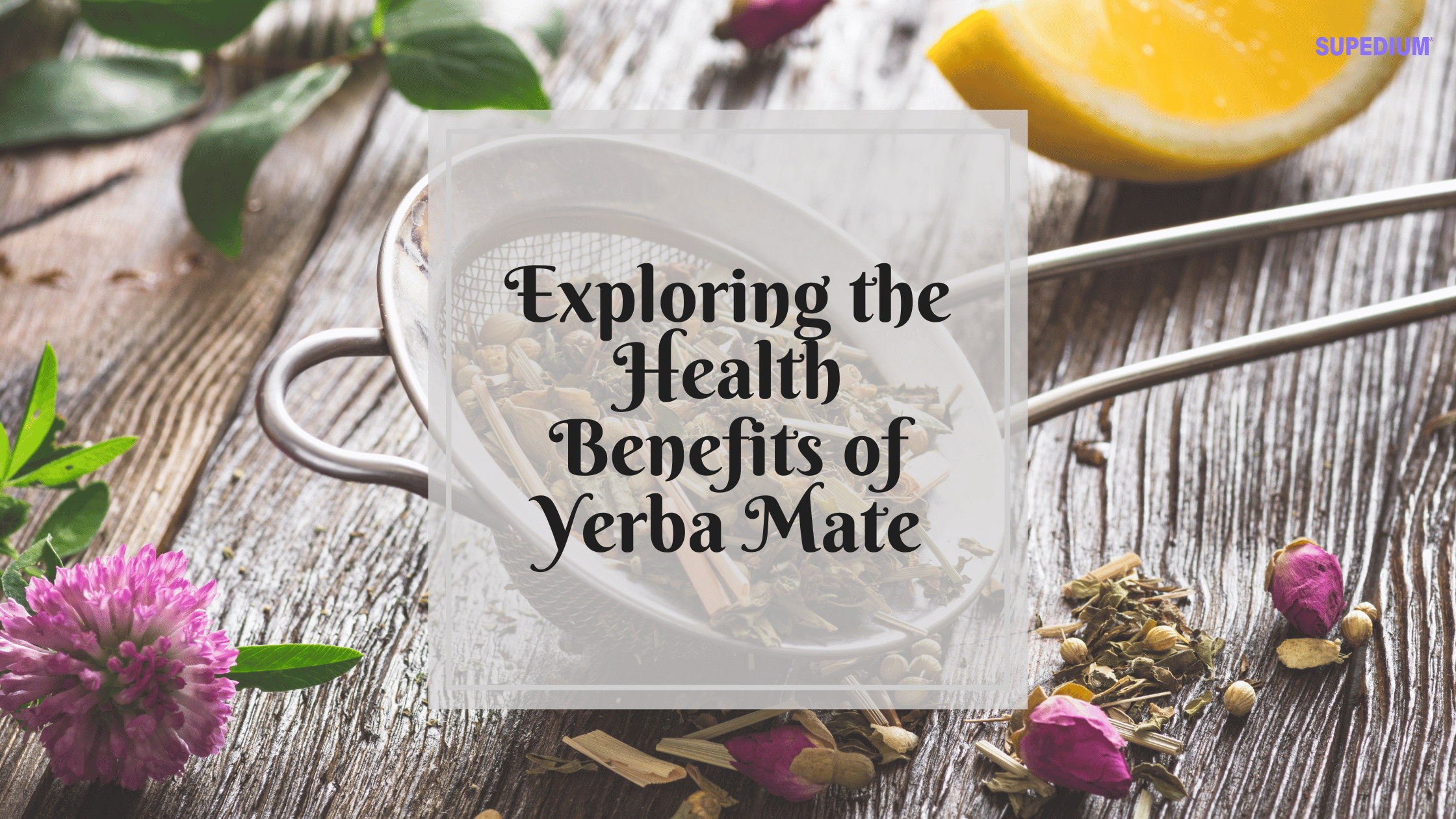Table of Contents
![]()
Lately, white tea has gained popularity. Tea connoisseurs have come to love the delicate taste of tea. Though tea comes from the camellia Sinensis plant like black tea, green tea and oolong tea, there are numerous differences between tea and other teas.
(1) Processing
White tea is harvested once the buds have nice hair before the leaves are fully open. This is. Additionally, white tea leaves aren’t fermented. Their leaves are dried and steamed, often right from the fields. This protects the delicate taste of tea.
(2) Availability
Less tea is grown on earth than other forms of tea. Tea gardens designate tea bushes for harvest to make tea. Also, tea has been grown in regions of the world. Most of it is grown in Japan and China, and there is a little grown in regions of India and Sri Lanka. We might find a growing number of tea gardens focusing on tea as the demand for it grows.
(3) Price
you will find that it costs somewhat more Since tea is rare. White tea is currently gaining popularity, meaning that it’s very likely it will become accessibility, which is very likely to drive the cost down.
(4) Flavour
White tea has. It’s a paler colour than other teas. In actuality, it may seem that you did not steep it long enough if you judge from the colour. Additionally, it has odour than green, oolong or black tea.
(5) Serving method
Don’t pour water on green tea leaves; the temperature should be somewhat shy of the point. And, experts advise that you not use milk or sweetener in tea; it needs to be served plain.
(6) Caffeine Content
White tea has the caffeine of any tea. White tea contains about 15 milligrams of caffeine per serving, while black tea includes tea and 40 comprises 20. Tea is made an exceptional alternative for the caffeine by this.
(7) Health Benefits
White tea contains all of the benefits associated with drinking green tea, but with benefits. Like green tea, white tea retains antioxidants in their state.
Share This




Be the first to comment